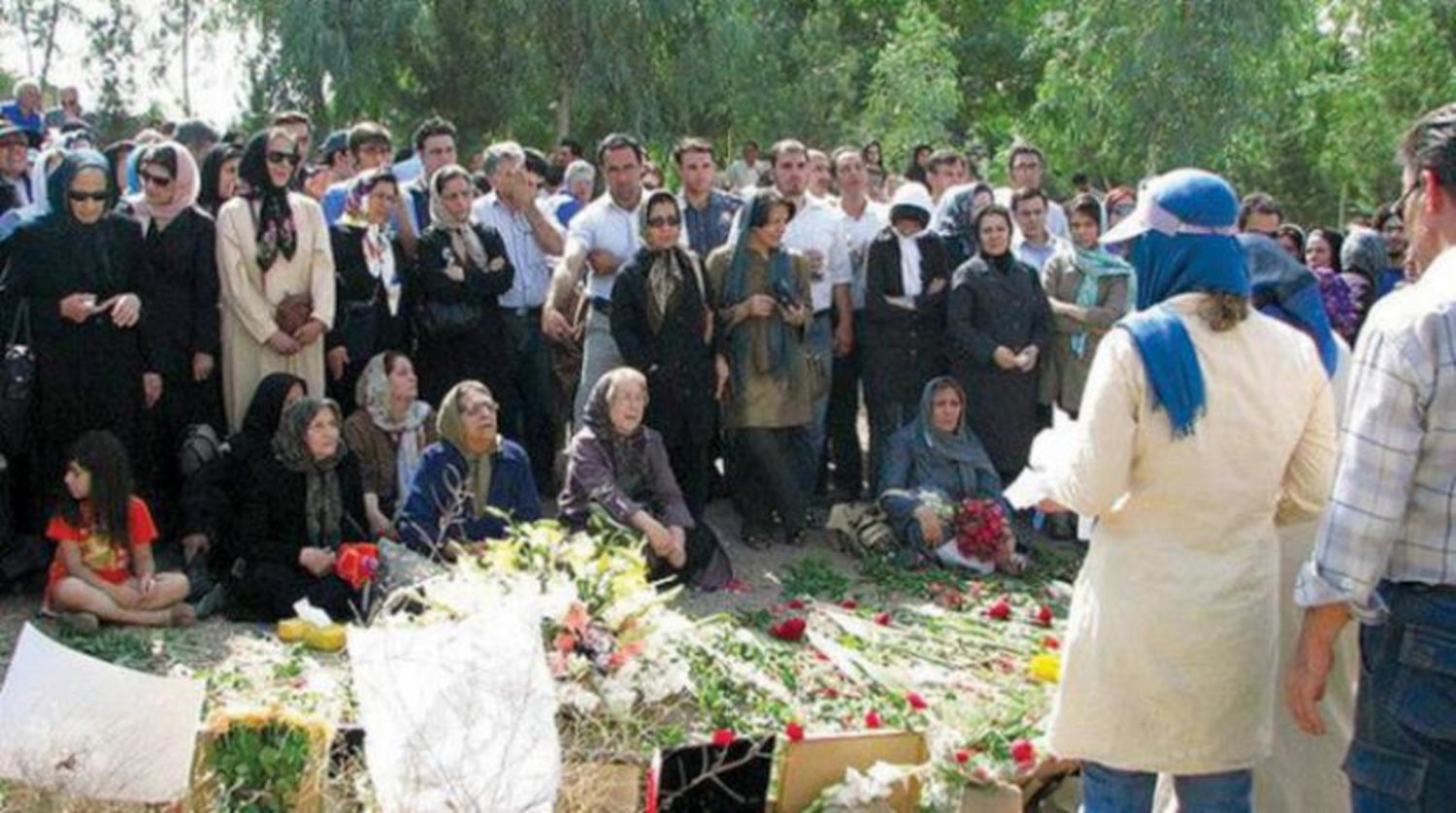Armita Geravand died on October 28, 2023 after being in a coma for several weeks.
In Iran, courts sentence people to the death penalty for a number of different crimes, including manslaughter, drug crimes, extramarital affairs, and political crimes. Execution has been carried out by various means over the past forty years, including firing squad, hanging, and stoning. The latter is specific to extramarital affairs—a crime according to Iranian Sharia law. Trans. note: “LEGAM” is an acronym of sorts that combines the first letter of the Persian word for “abolish” with the word “step.” An English equivalent would be “ASTEP.”
Trans. note: In cases of intentional murder, the legal principle of qisas dictates that the assailant be executed according to Iranian Islamic law, unless the family of the victim pardons the assailant, in which case diyah or blood money is paid. Qisas or qiṣāṣ (Arabic: قِصَاص, literally “accountability”) is the Islamic term for “eye for an eye.”
Trans. note: For more information about this case, see the 2023 film Seven Winters in Tehran by Stefani Niederzoll. Jabbari stabbed a man who had dragged her into an empty apartment to rape her. Various pieces of evidence that were recovered—e.g., drugged fruit juice, condoms—testified to his intentions, but these were largely ignored or obfuscated by the court, and Jabbari was ultimately tortured into incriminating herself.
This demonstration stands in stark contrast to one that took place a decade earlier to demand the repeal of the death sentence against a person who had attracted the attention of civil rights activists and the media. The demonstration was organized by civil rights groups rather than ordinary people. The family members of the accused were present, but the gathering did not attempt to foster solidarity by bringing together other families who were in a similar situation.
On October 15 of that same year—the twenty-seventh day of the Jina uprising—there was a fire in Evin prison. Farhad Qahremani, along with other prisoners, was subsequently transferred to Rajaee Shahr prison, after being brutally beaten. His situation was raised by well-known civil rights and political activists, albeit on a much smaller scale than before.
See → (in Farsi). Three days later, on December 15, two hundred and thirty five union workers published an open letter against the execution of Woman, Life, Freedom movement protestors → (in Farsi). In February of the following year, on the anniversary of the detention of a number of environmental activists, seven female political prisoners in Evin once again published an open letter against the death penalty → (in Farsi).
See →.
Trans. note: Mohammad Borouqani’s death sentence was revoked by an appeals court, but Mohammad Qobadlou was eventually executed in January 2024. Accused of killing a police officer during the Jina protests, Qobadlou was twenty-two and had bipolar disorder. Initially, his death sentence was revoked due to lack of evidence and his mental state. But while he was supposed to be awaiting retrial, the public learned that he had been executed without his family or lawyers being notified or present. His death shook Iranian society to its core.
The three young men were accused of killing a police officer and a soldier from the Basij paramilitary militia.
See → (in Farsi).
See → (in Farsi).
According to Islam, which is the basis of Iranian law, the fourth month of pregnancy is when a soul is “breathed” into the fetus, and terminating a pregnancy is murdering a “human.” What a startling contrast there is between this definition of human life and the reality of death sentences against humans with a history and emotional ties to countless other humans.
Translated from the Farsi by Golnar Narimani. Translation edited by Soori Parsa.
